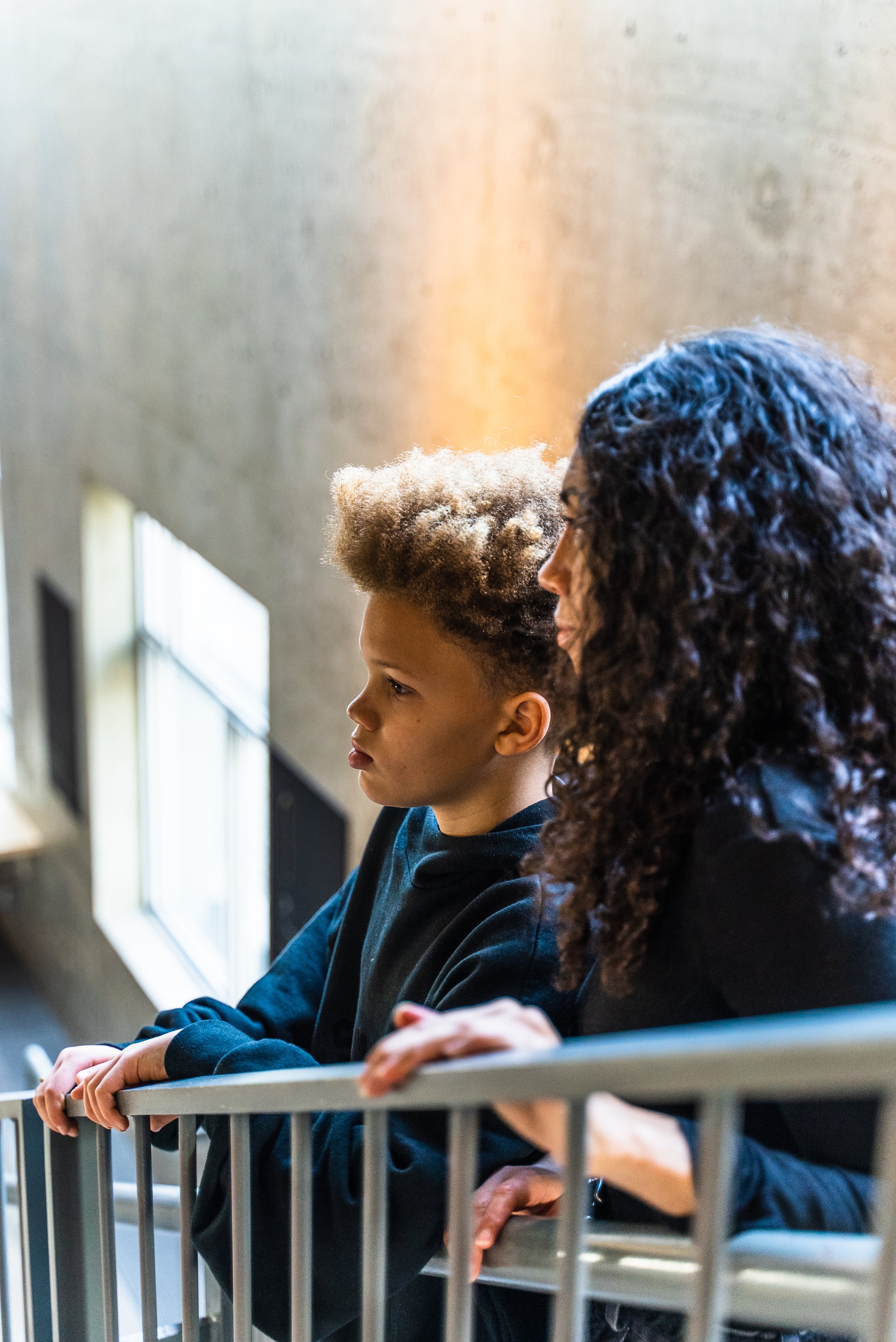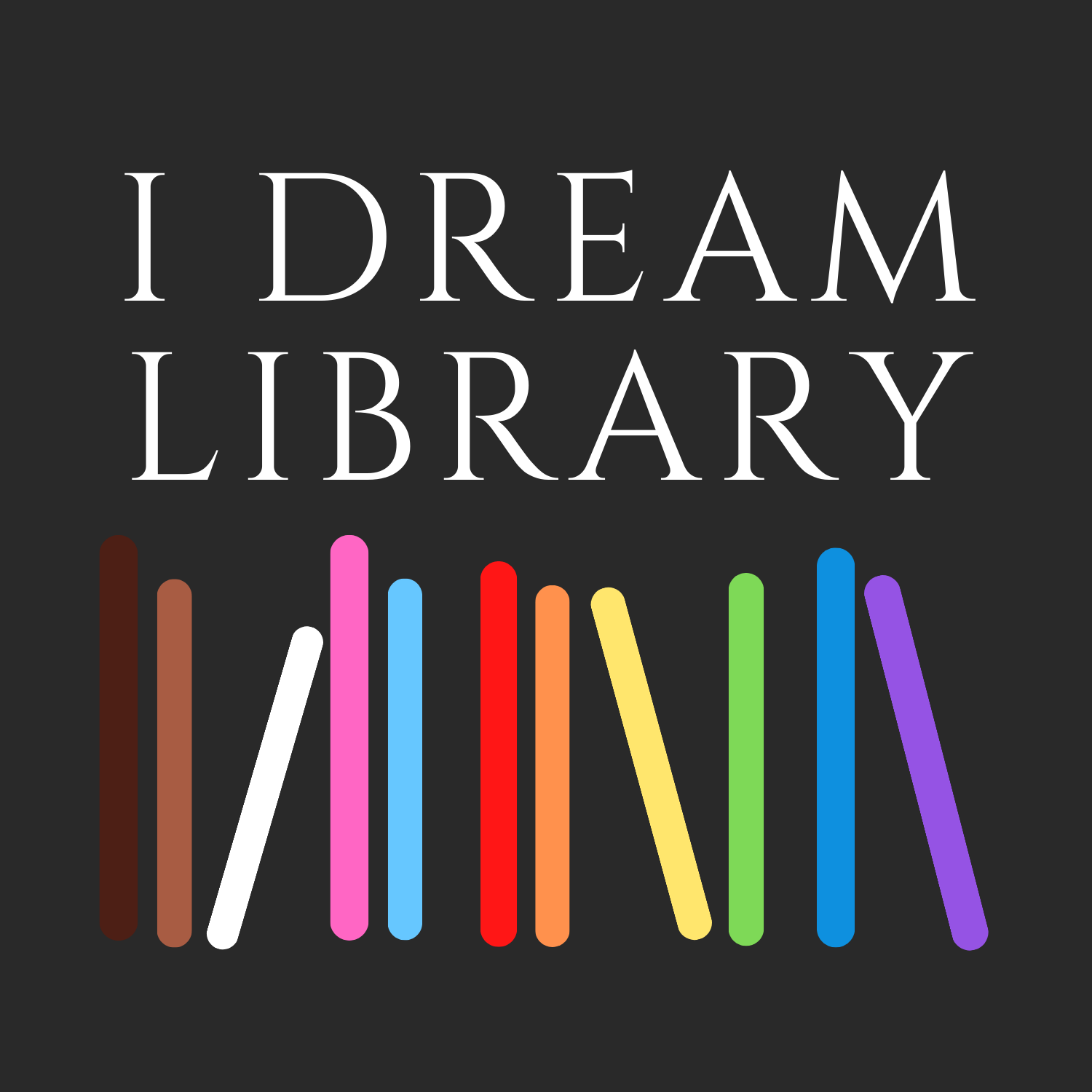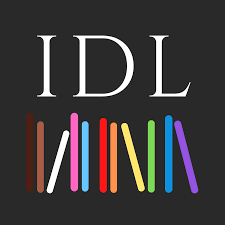
Our Philosophy
Our Vision
I Dream Library has a goal of abundant 2SLGBTQQIA+ BIPOC representation in classrooms and libraries around the world.
We believe that through liberatory education and abolition, a safe future for 2SLGBTQQIA+ Black Indigenous and Asian, disabled, mad and neurodivergent people, women, children and the elderly is possible.
Our work is to design, source, and share learning and solutions that are rooted in transformative and disability justice.
Our Guiding Principles:
In 2019 we founded I Dream Library on the intersectional awareness shared through these 4 human rights campaigns: #blacklivesmatter #loveislove #weneeddiversebooks #ownvoices
As time went on, the power, impact and relevance of some these hashtags and movements changed through critique of language, leadership, and simplifying deeply intersectional histories and lived experiences of those most marginalized within each call to action.
Language, learning and social justice movements evolve through each generation’s critical reflection of the ones before. We need this wisdom, we should stay accountable to it, and be grateful for it.
To keep this from being an essay, I’ll say we’re guided by love, the wisdom of change, transformative justice, coalition building, equity through design, and literacy learning that serve freedom for all.
- Aisha Kiani, founder I Dream Library
Achieving Literary Equity
This is a living document.
1. A Safe Place to Learn
Visible and curricular representation creates a safe space to learn.
Learning tools - posters, toys, games, etc
School & classroom libraries intentionally curated to empower communities that are devalued or marginalized in traditional education models.
2. Prioritize Mental Health
People, places and experiences that feature in our daily life become our context for valuing ourselves and others.
The psychological impact of educational narratives featuring a continuum of over-represented white cis-heteronormative experience, lay the foundation for (various forms of): self-hate, racism, sexism, homophobia, ableism, body dysmorphia, the list goes on.
For young developing minds, Mental Health Awareness means sharing a diverse and inclusive vision of humanity. How can we use literature to support this vision?
Ending Curricular Bias
1. The Root
Stories are fundamental to a child’s sense of self in the world. Mental wellness is a result of spiritual, mental & emotional development. Easily accessible stories that normalize diversity, inclusion and self love, help create a safe learning environment where children can establish the muscle memory for kindness.
2. The Environment
Learning environments founded on kindness support children in feeling secure with their unique value among the group. Children can practice flexing their kindness muscle through sharing their own stories, being encouraged to offer their ideas, their feelings and perspectives on the ideas of others, and by designing kindness strategies that further their collective wellness.
In Pre-Kindergarten to Grade 12, children learn how to frame themselves and “others” through the lens of collective value. In these formative years, it is far to common for 2SLGBTQQIA+ and BIPoC children to experience their identity, family structures, and history edited out of curricular value conversations.
Whether educators cite moral opposition or various experiences of lack (administrative support, quality resources, time, energy, cultural ability) as to why their classrooms are (however unintentionally) curated to overrepresent the beliefs & values of specific settler communities, these curricular biases inevitably lay the foundation for anti-social behaviors to grow.
Racism and other forms of bullying including: misogyny, sexism, sexual harassment, homophobia, transphobia, biphobia, islamophobia and ableism are anti-social behaviors that are often exhibited by children (from overrepresented communities) without the fear of recourse.
Why?
When curricular erasure is translated by children as: “other” people & identities are scary / wrong / less valuable, weaponizing those “other” identities becomes a youthful test of human survival. The child may assume entitlement, priority access, security, power or other rewards from imitating / aligning with supremacist values in their environment.
3. The Impact
The intention, or lack thereof, does not absolve the impact.
It’s critical to take collective responsibility as educational leaders for the daily supremacist messaging that curricular erasure passively affirms.
Traditional administrative reactions (if any) to children engaging racism and other forms of bullying, often involve individually punishing the child(ren) - holding them 100% responsible for the impact of language / actions that they may not fully understand. This approach bypasses the realities of the child’s learning / interpretation of their daily environment. Based on their limited life experience, emotional intelligence, language, and cognitive understanding this behaviour is an excellent report card of the community relationships and education needed so they might have a better understanding of the role they play in perpetuating or ending social injustices.
Without school leaders acknowledging the harm of white supremacy, colonialism, patriarchy, caste, and capitalism through curricular inclusion, we fall into cycles of mitigation strategies solely focused on individual victim’s and those who are part of the targeted community, a band-aid solution to a much larger problem.
Practice accountability
1. Peer-led learning
We must see ourselves as students in the process of building an equitable foundation in our classroom communities. Connect with consultants and community groups, attend Professional Development workshops, and meet with other faculty to share resources & support as you continue this journey!
2. Calling in /calling out
Creating an aligned approach to educating diversity and inclusion will definitely involve acknowledging your own biases as educators. Do you feel comfortable having these conversations with other faculty?
Building trust with marginalized students means acknowledging where that trust has been broken and the boundary crossed, especially when perpetuated by an educator or support staff. How educational respond creates the opportunity for developing strategies that heal trust among students and educators.
3. Allyship
Action diversity and inclusion policy.
Set administrative and school community goals. Stay accountable with schedule progress checks throughout the year.
Witnessing and small group counsel / sharing opportunities.
4. Books as Conversation Starters
Curated titles to support conversations addressing the personal & group impact of erasure, oppression and other social justice issues.
Opportunities to take responsibility and begin an ongoing conversation to reframe history, equity and allyship.
3. Neurodivergent Awareness
Literary accessibility means offering diverse learning models & tools inclusive of ability, approach, and culture.
As an example, dyslexia is one of the most common & undiagnosed barriers to literacy achievement in North American education environments. For Black and Indigenous and Asian youth, the racist foundation of our education systems has historically and systemically subject these children to abuse including persecution for reading, eugenist presumptions of their intellectual capacity, segregation and exclusion from positive representation or opportunities in the classroom.
Teachers often respond with behaviour evaluations such as “reluctant reader” rather than investigating the child’s literacy challenges and offering supports.
We recommend neurodivergent awareness in your response protocol. Rather than punitive discipline, or dismissive “student is unwilling / uninterested” assessments, offer tools, strategies and environments that empower their success while valuing their unique perspectives.
4. Accountability to DEI Commitments
Equity is by design
Equity is a responsibility beginning with educators and administrators taking accountability for the equity needs of their classroom communities.
Collaboration is a daily practice
Consult, collaborate with and include a variety of members from marginalized communities to co-create changes in their schools.
5. Community Partnerships
Local bookstores, non-profit organizations, community groups, provincial, federal, and district collaboration. galleries, museums, and other cultural institutions, companies that align.
Community partnerships with 2SQTI/BIPoC led organizations are reparations, they are not for the performance of “diverse” associations.
Contracting and purchasing resources within the framework of BIPoC economic well being.
Collaborate with a clear reciprocity framework, and in longer timeframes - beyond the holidays / months / fundraisers. Build capacity together.
6. Publisher Collaboration
Working with publishers to support equity through consultation in acquisition to storyline, text, and illustration.

